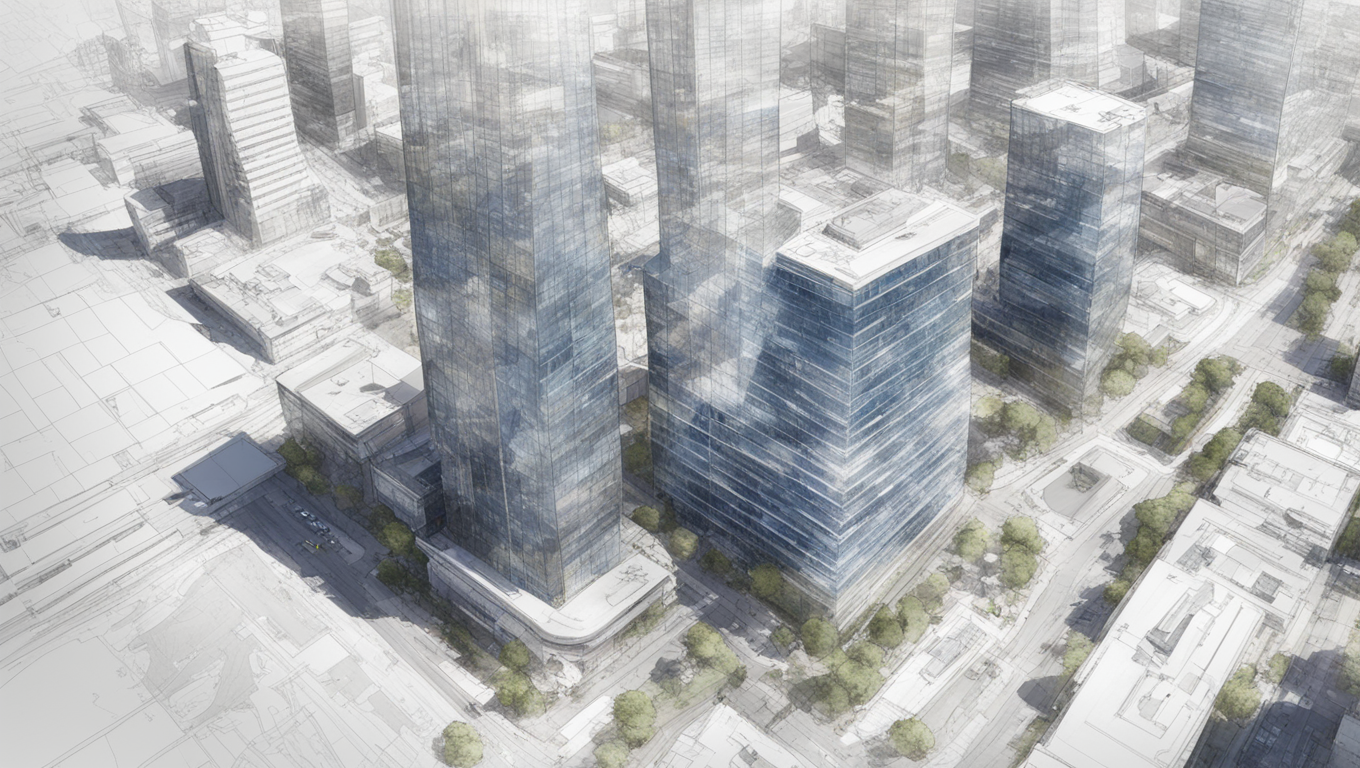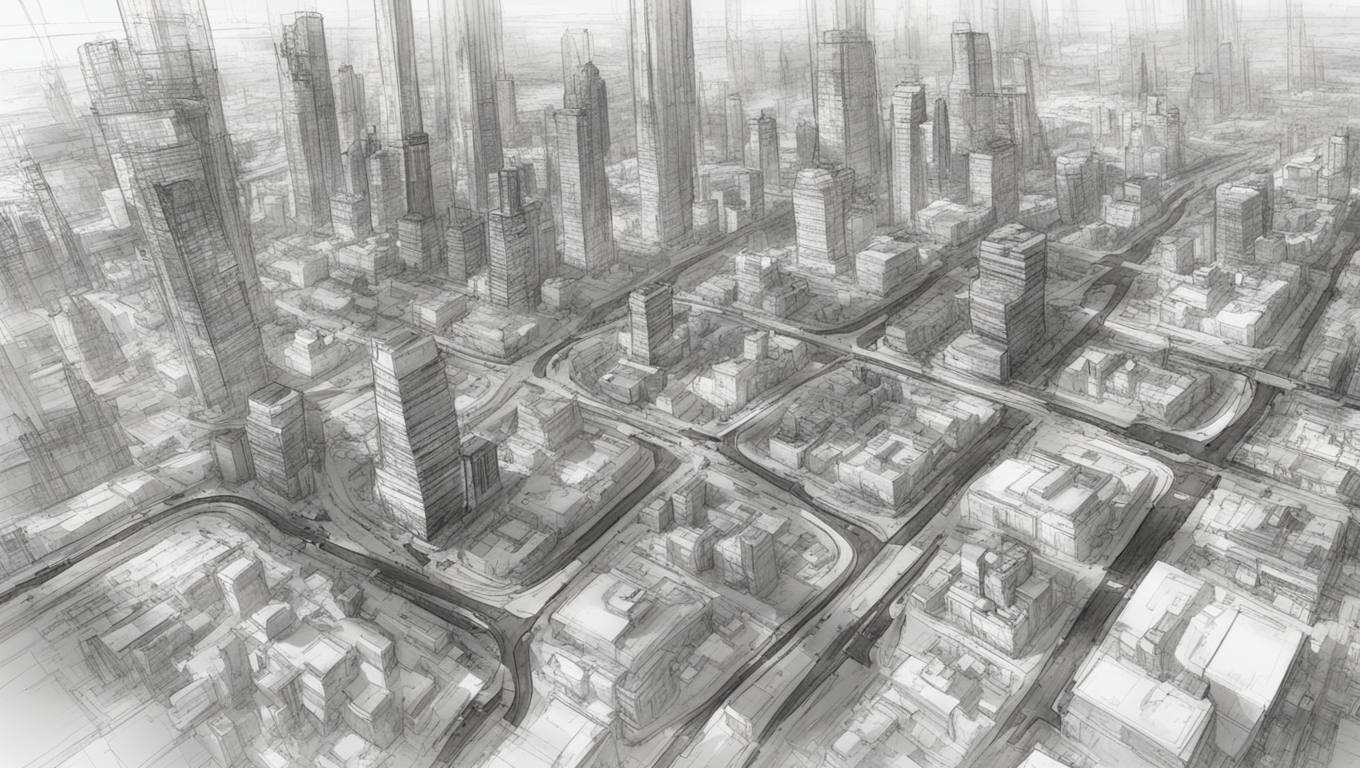Imagine a world where packing for a road trip or moving items into a new house is no longer a tedious and time-consuming task. Thanks to the latest research from the Massachusetts Institute of Technology (MIT) and Stanford University, this dream might soon become a reality. Using a form of artificial intelligence (AI) called a “diffusion model,” researchers have trained robots to pack items into a limited space while adhering to a range of constraints. Not only does this allow for more efficient packing, but it also opens the door to a multitude of other applications.
Traditionally, teaching robots to pack has been a challenging problem. Without the use of machine learning, robots would have to work sequentially, testing different packing configurations against individual constraints one at a time. This trial-and-error approach proved to be too slow, especially when dealing with a larger number of items to pack.
The diffusion model, on the other hand, allows robots to simultaneously explore an array of machine-learning models, each representing an individual constraint. By considering all constraints at once, the robot can find successful packing configurations much faster than previous techniques allowed. Additionally, the diffusion method can solve new combinations of constraints that were not encountered during training, making it a versatile solution.
“It’s a type of optimization problem,” explains Zhutian “Skye” Yang, lead author of the study. “With the learning-based method, we’re happy to see that if we train on the small problems, it can generalize to solving problems with a larger number of objects or a larger set of constraints.”
But what sets this research apart is not just its ability to solve packing problems, but also the potential it holds for other areas. The possibilities are endless – from robotic assistance in the kitchen to packing items for shipping companies or drug companies delivering medications in bulk. The researchers even suggest that this technology could be used to help with packing resources for future space missions, such as colonizing Mars.
Animesh Garg, an assistant professor of AI robotics at the Georgia Institute of Technology, commends the study, calling it “incredibly hard yet transformational” work. He believes that it enables robots to think on the fly and achieve optimal solutions quickly, opening the door to a vast array of robotic skills that were previously unattainable.
However, Garg also emphasizes that further studies are needed before considering the problem “solved.” Nonetheless, this groundbreaking research is a significant step forward in revolutionizing packing efficiency and showcases the potential of AI in solving complex real-world problems.
The researchers are not stopping here. They are already working on making their robots even more capable of making “discrete decisions,” such as packing within continuously shifting variables. This could involve training robots to pack items while simultaneously moving through a room, further expanding their capabilities.
So, the next time you’re faced with the daunting task of packing, consider letting the robots take over. By harnessing the power of AI and the diffusion model, these machines can optimize results and make your life easier. From road trips to space exploration, the impact of this research is far-reaching, showing the transformative potential of AI in our daily lives.





Use the share button below if you liked it.